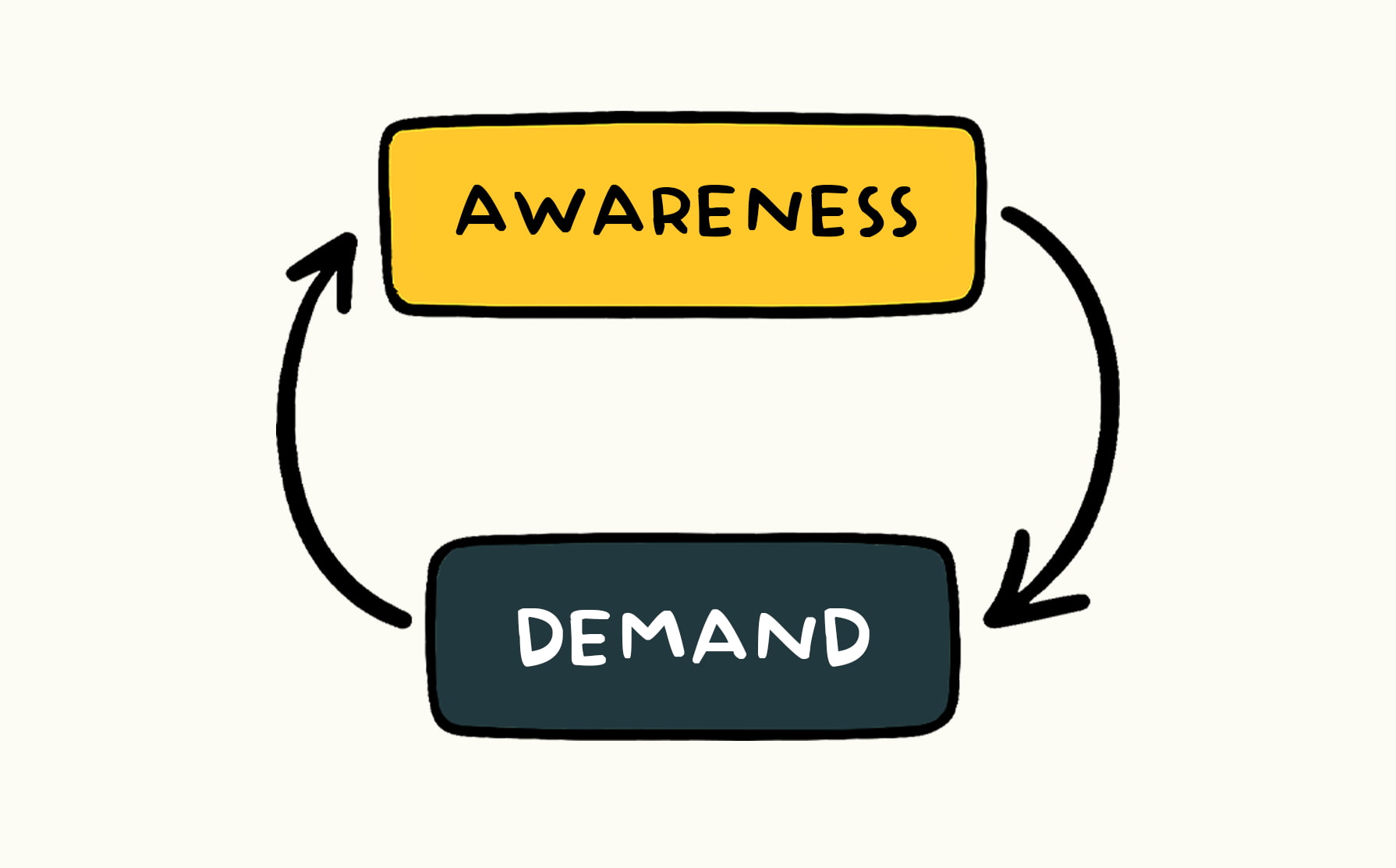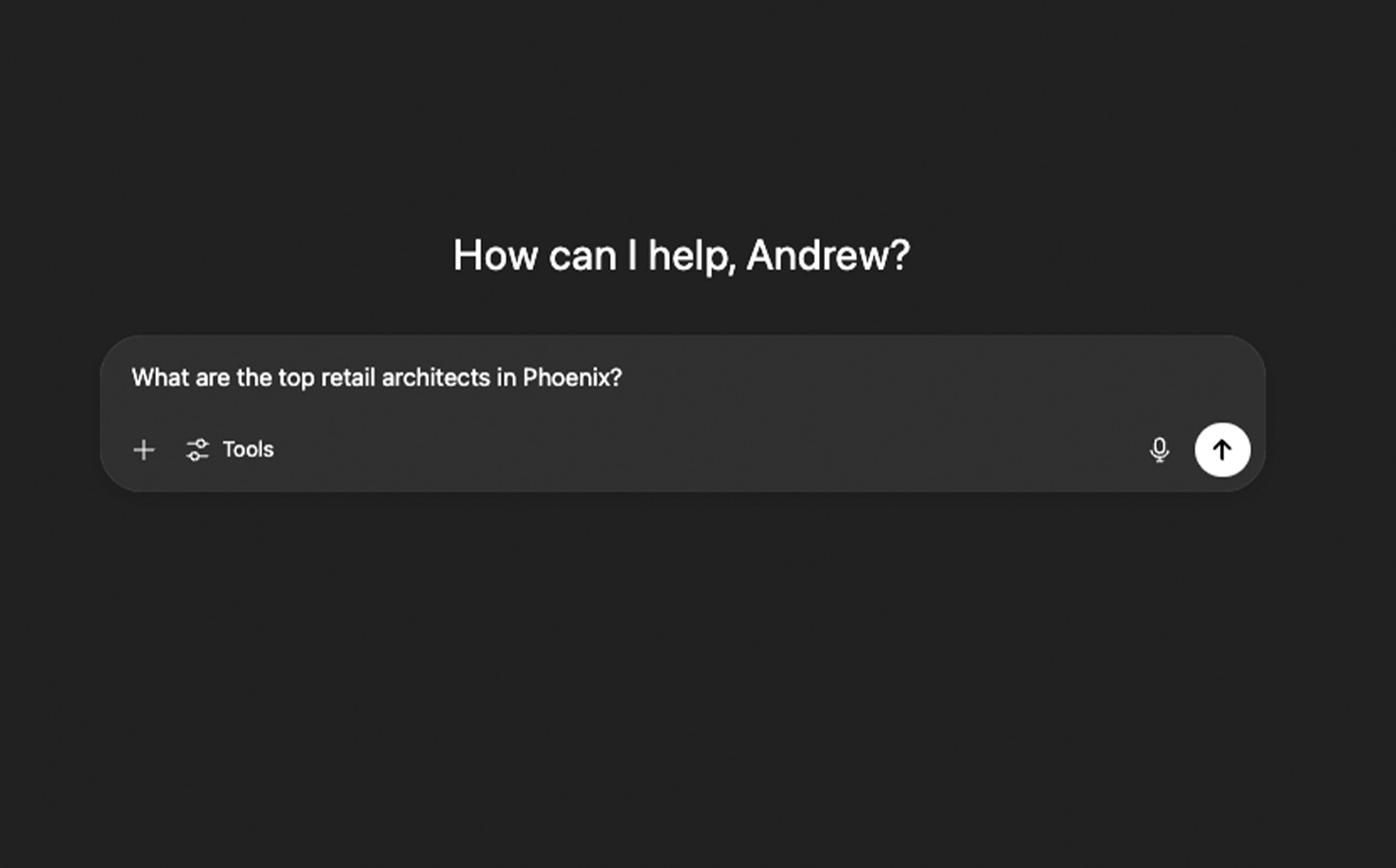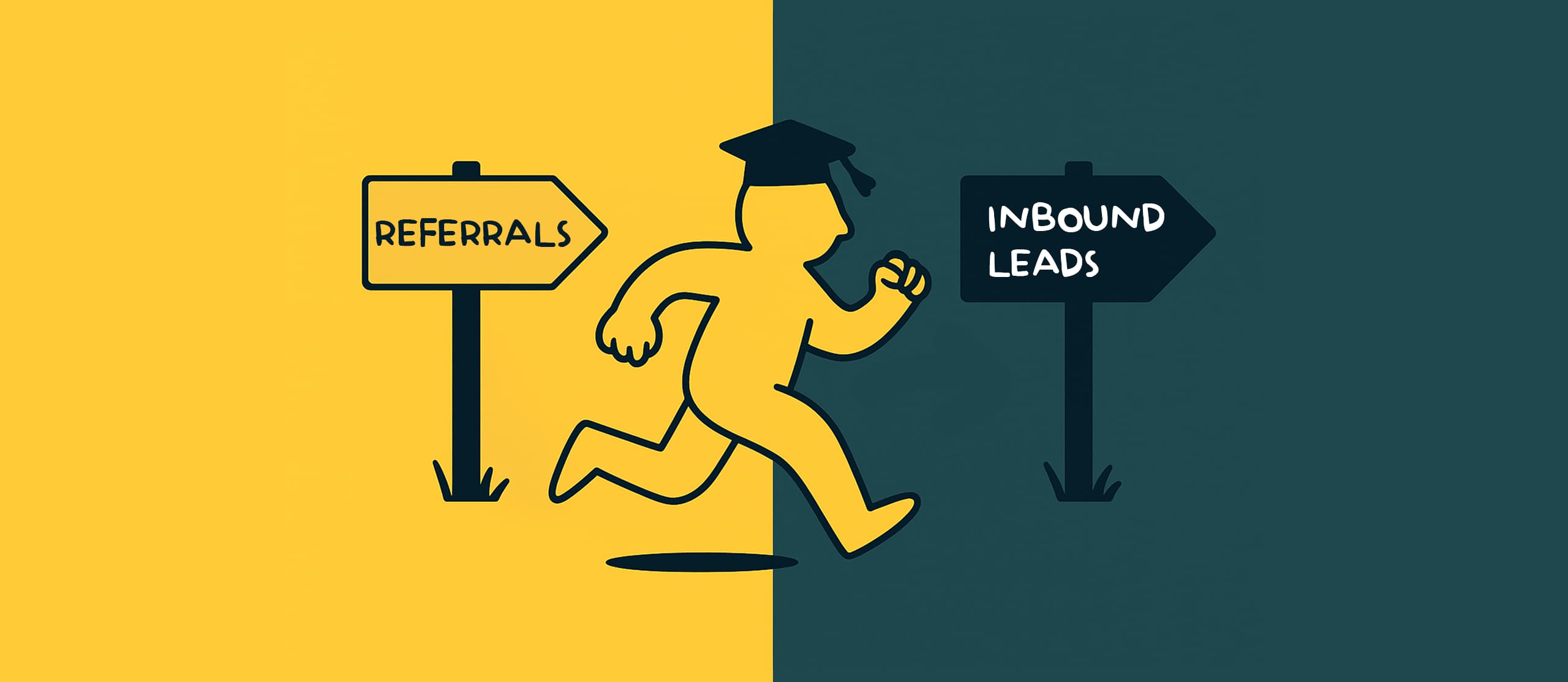I always find it interesting when I speak with a firm principal or marketing manager and they tell me they do little for marketing and (instead?) rely heavily on referrals or repeat business. Obviously, as an agency that provides marketing services, it’s important to recognize my own bias towards building a prolific marketing engine, but it baffles me as to why architecture, engineering, and construction (AEC) firms rely so heavily on one method of acquiring projects.
- If you have a principal or project manager – or several – bringing in all of the projects, what happens if they leave?
- If your whale client or two shrinks or fails – where will new revenue come from?
- If your firm is being valued, who is producing the lion's share of your revenue?
The problem with relying solely on referrals and repeat business is that it’s risky. Yes, this industry is all about relationships, but in this case – relationships take a long time to cultivate.
The Risks of Sole Reliance on Referrals and Repeat Business
We were working with a mid-sized GC a few years back and their top healthcare PM left. They lost upwards of 50% of their healthcare portfolio in one fell swoop (to the tune of many millions of dollars). Had they developed a marketing strategy that focused on brand awareness in the healthcare sector – part of a broader approach to inbound marketing for AEC firms – they could have recouped that income more quickly and been more poised to win other opportunities.
Another client (also a GC) had a contract with a large banking retailer that decided to consolidate, and they ended up losing a considerable amount of their overall revenue. Not much could be done to avoid a situation like this, however, having a diversified pipeline of inbound leads could have softened the blow.
Bottom line: any firm placing too much weight on a single person or client relationship is vulnerable.
The Effects On Firm Valuation
Admittedly, I have not been privy to either side of a sale of an AEC firm, however, but I suspect one critical component of valuation is its pipeline and portfolio. If most of the revenue is tied to a few key people or long-standing clients, that’s a risk.
A firm that has built an inbound marketing engine, one that consistently brings in high-quality leads, shows long-term value.
A Balanced Approach: Visibility & Demand Capture
So, Mr. Marketer, what’s the magic fix for my client and personnel concentration problem?
Simple: build brand awareness and capture existing demand.
Marketing within the AEC space boils down to those two objectives. If you’re already specialized in certain markets and have a curated portfolio, you’re halfway there. Let’s turn that into something scalable.
The Awareness + Demand Framework

Alright, we know the problem: relying too much on referrals and repeat business is risky – vulnerable revenue and shaky valuations. Instead of ditching what works, it’s about diversifying your approach so your firm stays visible and discoverable. That’s where the Awareness + Demand Framework comes in – a simple structure for building effective inbound marketing for AEC firms that want to grow intentionally and reduce reliance on unpredictable relationships.
1. Brand Awareness: Be Seen, Be Remembered, Be Chosen
Brand awareness means showing up in the right places - consistently, strategically, and memorably. Here’s how:
- Be selective about events: Don’t just show up everywhere – choose networking events where key industry partners or even ideal clients are present. Quality over quantity.
- Get social with purpose: Focus on the platforms your clients actually use (LinkedIn for insights, Instagram for storytelling) and create authentic content that shows your firm’s personality.
- Tell project stories: Instead of just showing the final product, highlight the process – the challenges, the solutions, and the client’s perspective with creative video. It makes your work feel more relatable and impactful. Here are a few ways to do that.
- Leverage your internal experts: Feature superintendents, PMs, or engineers in thought leadership or project videos.
The goal? When a potential client thinks about a future project, your firm is the one that comes to mind.
2. Demand Capture: Be Where They’re Looking
Yes, firm principal or firm marketing manager – people are searching for your services. If your firm isn’t showing up online, you’re leaving leads on the table.

AI-generated search is changing how potential clients discover firms. A Search Engine Land report found that Google search impressions are up 49% year-over-year, but click-through rates have dropped 30% - largely due to the rise in AI overviews. This means that even if your firm ranks well, fewer people may be visiting your site. To stay competitive, your content needs to do more than appear in results - it needs to be useful, trustworthy, and compelling enough to earn the click.
While brand awareness builds your reputation, demand capture is all about being present when someone actively needs your services. It’s a more immediate, tactical effort to convert interest into action.
Think about it this way: If someone’s on the hunt for an architect or a GC, they’ll probably start by asking people they know (that’s brand awareness). But here’s the thing – there’s a huge amount of search volume happening online. Google remains the go-to, and with the rise of AI-generated results on platforms like Google, and GPTs like ChatGPT or Gemini, your digital presence needs to do double duty: inform and convert.
To capture that demand, we recommend using both informational and transactional content:
Informational Content
These pieces educate and engage potential clients, building trust while answering common questions.
- Articles / Blogs: Insights on your industry, project highlights, or problem-solving tips. Check out our top tips for AEC blogging.
- Case Studies: Demonstrate how your firm solved a specific problem or delivered value.
- Project Profiles: Highlight completed projects, including challenges, solutions, and client feedback to showcase your expertise.
- Video Testimonials & Project Stories: Showcase your impact with a client or with fellow industry peers, taking viewers deeper than pictures.
Transactional Content
This content is designed to convert interest into inquiries. It’s more direct and focused on your services.
- Home Page: Target high-intent search terms like “Minneapolis Commercial Contractor.” Clearly answer who you are, what you do, and why clients should choose your team.
- Service & Industry Pages: Use keyword-rich headings and target long-tail keywords, like “commercial buildouts in Minneapolis”. Check out our local SEO tips for Construction firms.
By combining informational and transactional content, you’re not just hoping people know your name – you’re making sure they can find you when they’re actively looking. This balanced approach helps your firm stay relevant and visible to potential clients at every stage of their search.
3. Balancing Both: A Resilient Growth Strategy

The sweet spot is having both sides covered. One feeds the other: Brand awareness keeps your firm top-of-mind, while demand capture pulls clients in when they’re actively searching.
The result? A steady flow of projects, even when key relationships change or the market shifts.
When you stop thinking of marketing as an either/or choice between referrals and inbound and start seeing it as a strategic balance, your firm becomes much more resilient.
Conclusion
Follow these steps, and you’ll curb your referral reliance! Easy, right?
Okay, jokes aside – this strategic shift takes time and effort. But if your goal is to keep growing, reduce risk, diversify, and increase value, this is a solid place to start.
Get AEC Marketing Insights That Actually Work
Weekly strategies that grow your firm


.jpg)

